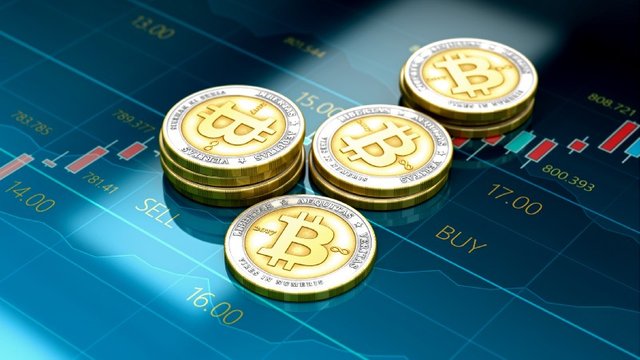Cryptocurrency

Alternative spellings: crypto currency;
crypto-currency.Plural:
cryptocurrencies.Informal:
crypto; cryptos.
What is Cryptocurrency?
Cryptocurrency is a modern form of digital money. It uses cryptographic techniques to replace the need for a central issuing authority with a network or peers who are able to perform the same functions.
The first successful cryptocurrency was Bitcoin, and since then many new cryptocurrencies have been successfully launched.
All you need in order to own cryptocurrency is a piece of software called a wallet. Anybody can download a wallet and use it. Because most cryptocurrencies are open source (their source code is openly published) programmers can even make their own wallets if they want to. You do not need to register with a central authority to use Bitcoin or most other cryptocurrencies (because their is no central authority) and you do not need to apply to be a member of the network – you just download and install the software and it will automatically find peers an join the network. Nobody can ever be refused a Bitcoin wallet.
When you create a new wallet you create a cryptographic key pair – a public key and a private key. The public key serves as your address (like a bank account number) which people can send money to. The private key is a password used to prove you are the owner of that address (which is usually stored in a file called wallet.dat so you don’t have to enter it every time, although you can encrypt your wallet file with a password to protect it from theives).
Most Cryptocurrency coins are highly divisible, meaning that they can be broken up into very small units. Bitcoin, for example, can be spent in units as small as an hundred millionth of a single coin – a unit affectionately named as a ‘Satoshi’ after Bitcoin’s creator Satoshi Nakamoto.
How Is Cryptocurrency Made and How Does it Work?
Digital currency, such as your bank balance (only a small fraction of which is held by the bank in physical coins and notes) , usually requires a central authority to keep track of how much money each person has. Any kind of money has, up until now, also required a central authority to create and issue the money in the first place. In the case of our national ‘fiat’ money (the notes and coins in your pocket, your bank balance and so on) this is the banks, who we have given the exclusive right to create new digital money for their own financial benefit, and ultimately the central banks, which are owned by the nation’s biggest commercial banks.
One of the main reasons that this central authority has always been required is to prevent counterfeiting. People have always tried (and often succeeded) to create cheaper copies of our money in order to make a fraudulent profit. This became much easier when we stopped using coins made out of precious metals worth the same amount as their face value, and it became a lot easier when started using digital money through card payments, bank transfers and so on istead of physical coins and notes. That is because data is inherently replicable – it can be easily copied. Central banking authorities are required to make sure that we don’t spend the money in our bank balance twice, as we could if there were no central authority keeping everyone’s accounts.
The main innovation behind Bitcoin, which paved the way for its success and that of subsequent cryptos, is a way for the network to issue new coins, to keep track of how much each person (or more correctly each address) has, and to prevent double spending without the need for a central authority. Instead, the individual members of the network are able to come to a ‘distributed consensus’, meaning an agreement amongst people who are spread out in different places, about the current state of the network including everyone’s balances and any payments which may have been made.
The process through which a cryptocurrency’s users are able to reach this distributed conensus is often called mining. This terminology may be different in some networks, however, to reflect either technical differences or style choices of that particular network. You do not have to participate in mining in order to use a network, but if you do participate you get the chance to be rewarded with freshly generations / minted coins, and often with a share of the transactions fees paid by other users as well. In some networks, mining is dominated by custom designed hardware called ASICs.
Mining will generate new currency units (new coins) according to a fixed schedule which is controlled by the mining difficulty. Also, there is often a hard limit to the maximum number of coins which can be created.